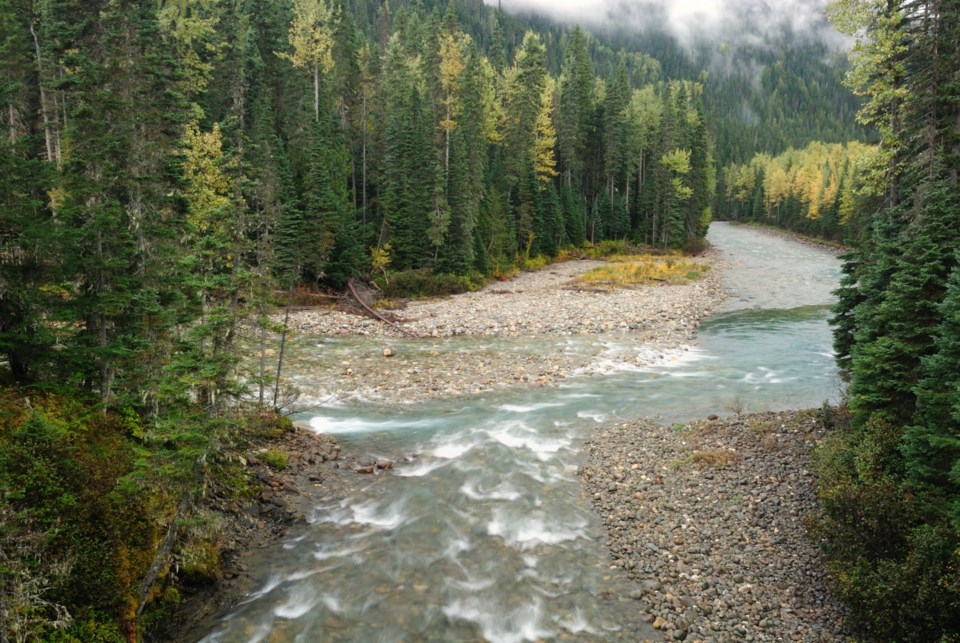In November, Premier David Eby promised "accelerated action" on implementing the Old Growth Strategic Review's recommendations. Were my hopes that we’d reached the end of decades of over-cutting wrong?
Well, the NDP commissioned it and has not meaningfully acted 100+ days into his leadership and 2.5+ years into the review's recommended timeline.
Weren't deferrals meaningful? Yes, mostly. The problem is many forestry-dependent Indigenous nations would much rather have been consulted initially. Couple this with no funding allocation for transitioning forest economics from timber values to ecosystem health -- the foundational paradigm shift the review called for -- and the flaws rapidly multiply along with uncertainty.
Specific information on which deferrals were enacted and whether these exemplified the most at-risk systems is scant. No plan exists to protect at-risk species or ecosystems in B.C. The deferral patchwork doesn’t necessarily contain functioning systems. Half the deferral list is still potentially on the chopping block.
The new paradigm sees trees as they really are: the most obvious of myriad living beings involved in multi-directional interactions, cycling and storing carbon while interrelating with water, wind, landforms, minerals, and temperatures eco-systemically over time. The shift from simply seeing forests in lumber value is massive.
Considering this, a conservation ecologist should be involved. The review laid out a provincial tri-zone system. The zonation, created by decent foresters, differs somewhat from conservation ecology.
The Walker, the Goat, Raush watershed ecosystems, each with at-risk species, deserve protection. By immediately pressuring the province and feds to provide local Indigenous nations and communities economic incentives to protect these valleys, we locals can lead here, providing some degree of certainty for the unborn generations to come. With B.C. leading Canada with more than 2,000 (known) species at risk, and both Canada and B.C. committing to conserving 30 per cent of their land by 2030, it seems timely that Eby accelerates.
It's the pedal on right, David.
Rob Mercereau
Dunster



